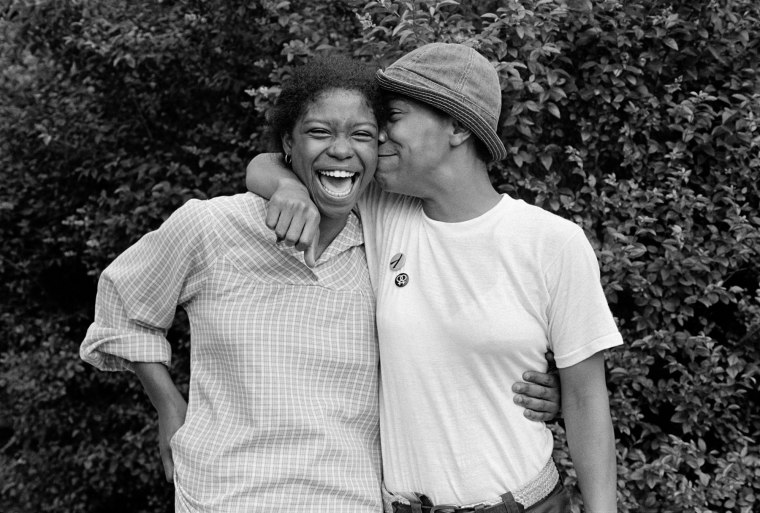Where there was absence, Joan E. Biren saw potential.
As a lesbian and photographer in the early 1970s, Biren, who goes by JEB, said she was dismayed at the dearth of images that truly reflected her life and the lives of so many in the lesbian community.
So, around 1970, she borrowed a camera from a friend and simply held it out at arm’s length as she and her lover at the time kissed. While the image wouldn’t look out of place today, it was a radical act at the time. JEB, who is 76 years old, declared it her “first lesbian photograph.”
It was that self-portrait that would launch her on a photographic odyssey to visually document the lesbian community. The yearslong endeavor culminated in her self-publishing a book of photographs, “Eye to Eye: Portraits of Lesbians,” in 1979.
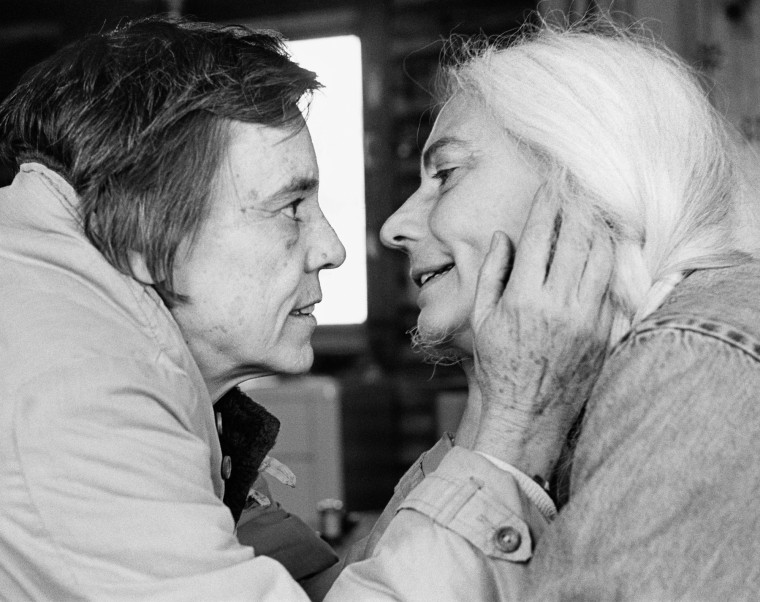
Now, the book has been reissued by Anthology Editions for the first time since its initial release.
“Eye to Eye” had a profound impact for its time.
“Seeing the photos was a revelation, each one,” said Mary Farmer, who ran the feminist bookstore Lammas Women’s Shop in Washington, D.C. “Seeing them all together, it was a beautiful thing. It was a revolutionary step for her to put herself out there like that.”
It was not just JEB who put herself out there, but all of the women who agreed to be featured in the book, too. The book was an act of bravery at a time when the risk for consequence was high and greater societal acceptance was still a ways away.
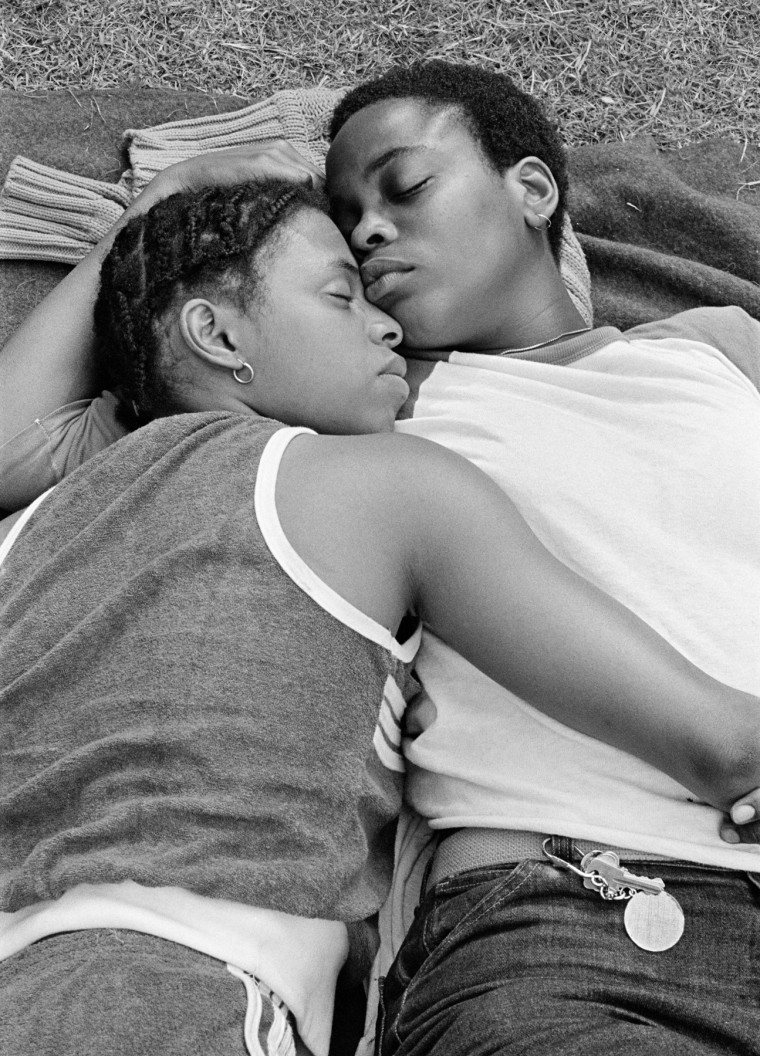
“I think people don’t understand how frightening that could be because of the kinds of things that could happen to you that were completely legal at the time, and they happened all the time,” JEB said. “People were shunned and shamed by their families and their friends. They were fired from their jobs. They could not rent apartments. People were afraid of being deported if they were here on visas.”
Despite all of that, JEB said she found women who were willing to declare and live their truth. “Eye to Eye” is a celebration of lesbians in the fabric of their lives. Photographically, the book is a mixture of black-and-white portraiture and candid images that recalls much of the great documentary photography of the 20th century.
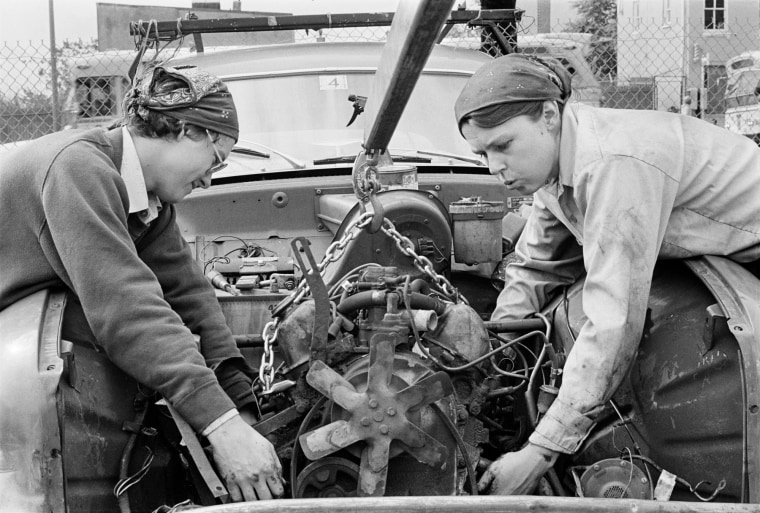
JEB said she came to photography in a roundabout way, as she was entirely self-taught. Whereas a great deal of 20th century photography saw photographers going into other communities, she photographed her own community, and that proximity imbues her images with emotional weight. It also made lesbians visible to each other.
“Lesbian women were so invisible, even to one other, depending on where you lived,” said Lisa Vogel, 64, who appears in two photographs in the book.
JEB said she was largely mission-driven in creating what would become “Eye to Eye.” She didn’t think at all about profitability. Rather, she was concerned with cultivating and elevating a history that she felt had been ignored.
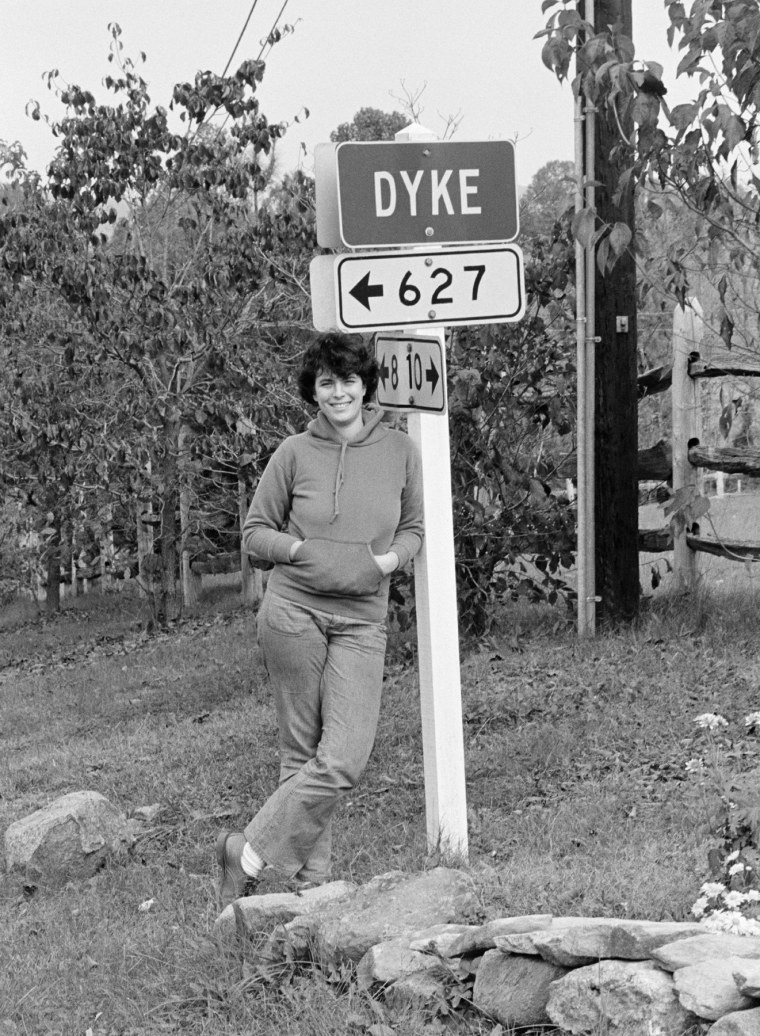
“The truth is that while I was making this work, I knew it was important,” she said. “And I was getting no recognition at all from the mainstream.”
It was not just recognition that she didn’t have, but also institutional support. Making this work was a hardscrabble process, and once she got the funds together to pay a publisher, 30 years before Kickstarter existed, she was asked to get a second round of releases from the women she photographed because it was inconceivable that women would publicly affirm themselves as lesbians in a book. This, of course, caused some women to second-guess their participation and ultimately back out, but enough agreed a second time.
“Eye to Eye” was a watershed moment — and one of deep personal significance for the women whose lives were depicted on its pages.
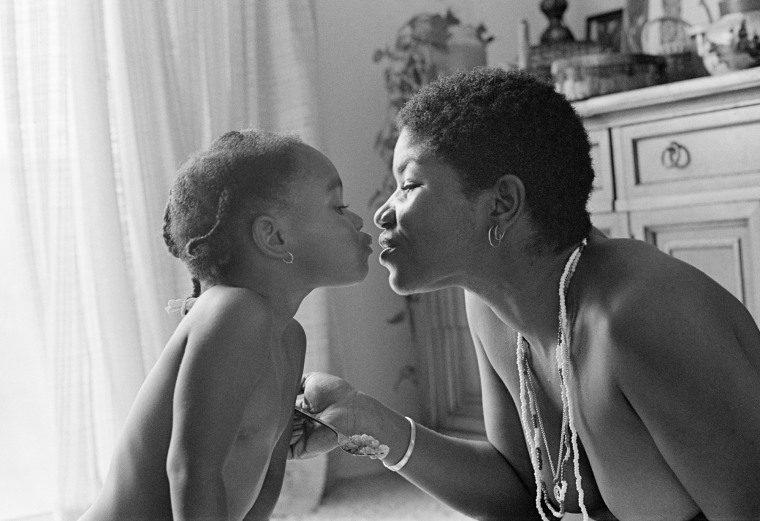
“It’s a great gift to all of us who have lived our lives in the closet,” Farmer said. “I certainly didn’t know I was in the closet. I didn’t know what that meant. There was no one I saw who was like me — not until I got to Washington and met this group of women that I had any piece of liberation.”
JEB also sought to make the work accessible to as many as possible. When it was published in 1979, the book was priced at $8.95, which was a considerable amount of money for many at the time. To that end, JEB said she made other items, like postcards and calendars, to provide a way to see the work without necessarily breaking the bank.
Following the publication of “Eye to Eye,” JEB took her work on the road as part of what she affectionately called the “dyke show” but was more formally known as “Lesbian Images in Photography: 1850-The Present.” It provided an alternative history of photography, one that ran counter to the narrative of pioneering white men braving the elements in faraway places.
Women, lesbians in particular, have been practitioners of photography since its inception in the mid-19th century, and JEB took inspiration from foremothers like Berenice Abbott — who was renowned for her portraiture, images of early 20th century New York and contributions to scientific photography — whom JEB once had the good fortune of meeting.
“I was showing lesbians images that they wanted to see and had never seen before, giving them a history that they yearned for,” JEB said of the women who attended her shows.
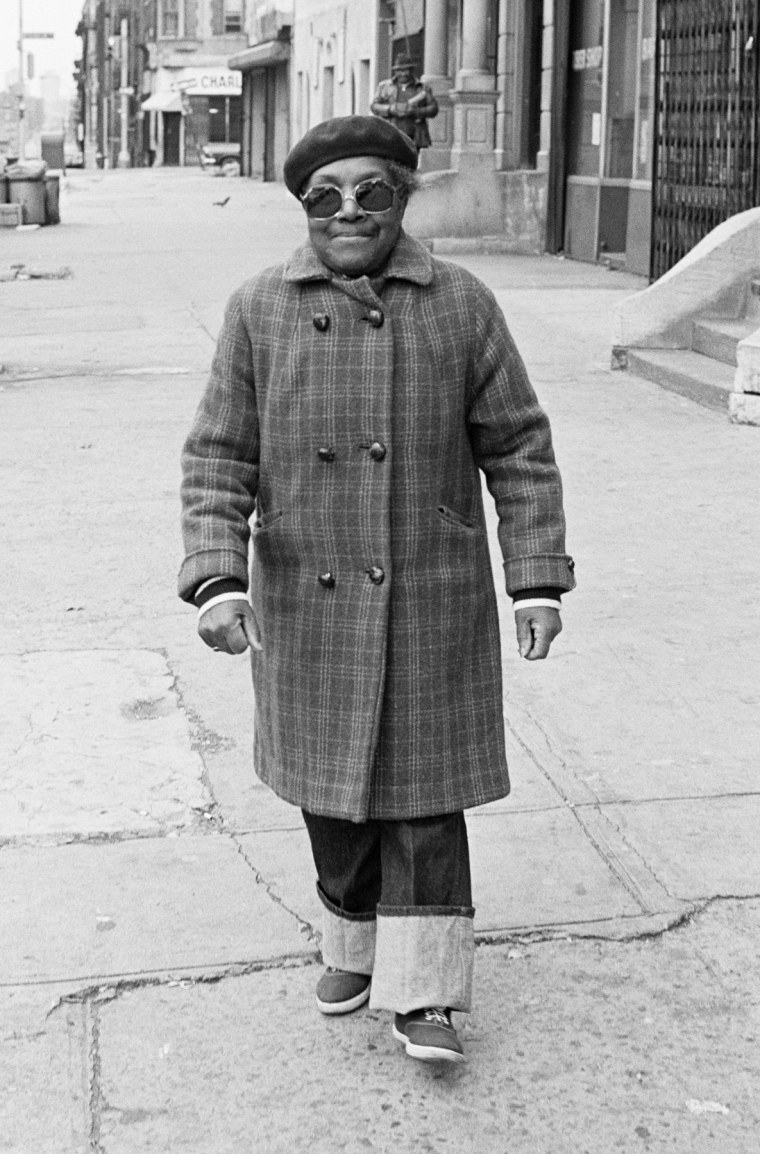
JEB’s contribution is one of lives lived. In her photographs, lesbians work, raise families and rally for their rights. They relax and socialize and embrace each other.
The book is notable, too, for its intersectionality. JEB set out to document as much of the lesbian community as possible, and her photographs show not just white women but women of color, women with disabilities, older women and younger women.
Perhaps the most important photograph for JEB is the self-portrait of her and her lover that sparked “Eye to Eye.” Because she had to borrow a camera to take it, she never had the negative, only a small print that she carried with her ever since. It wasn’t until a few years ago that her friend unearthed and sent her the negative that had eluded her for more than 40 years.
“Being reunited with that negative was thrilling to me,” JEB said. “It brought everything back. I had held onto that little print, and it was getting a little worn after 40 years of banging around with me.”
Looking back, JEB said she has lived a life without regrets, but if there is one thing she wishes she could have done, it would have been to photograph lesbian communities around the world. Without money and institutional support, however, she was unable to make that happen. Yet, her work helped to make it possible for subsequent generations of photographers like her to tell their own stories.
“For me, this is very exciting,” she said. “It makes me a proud foremother.”
